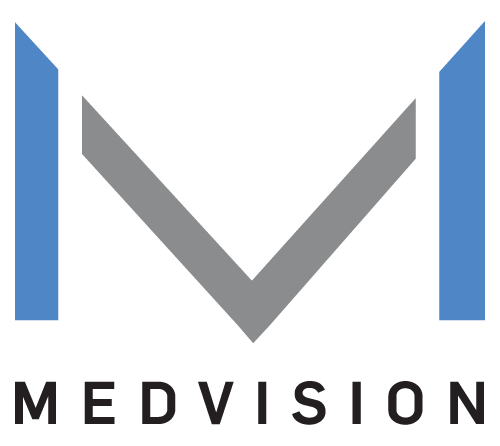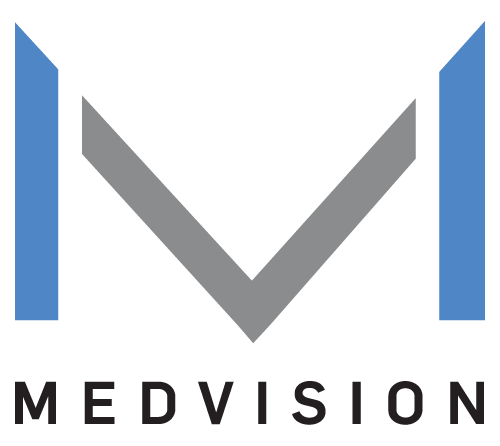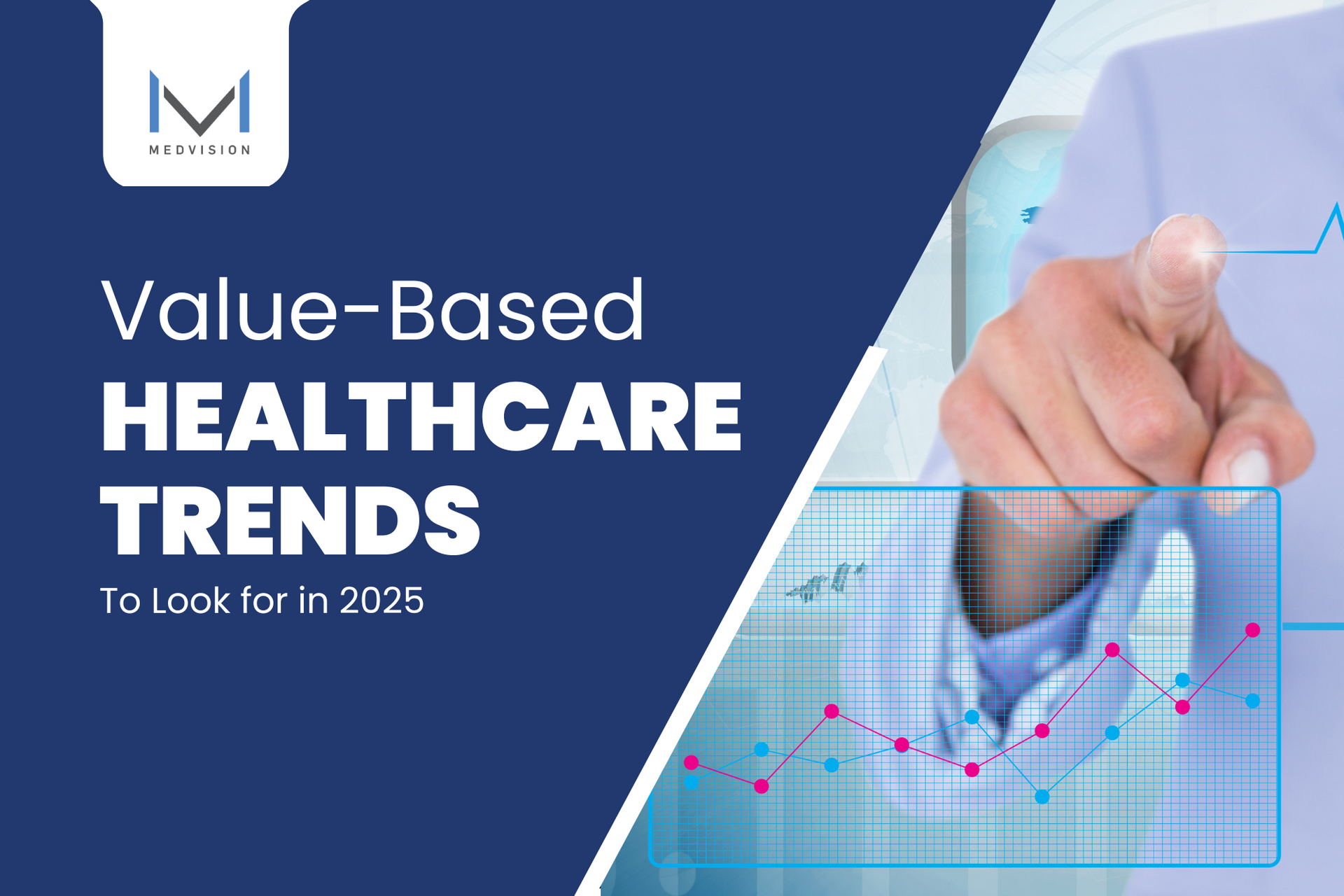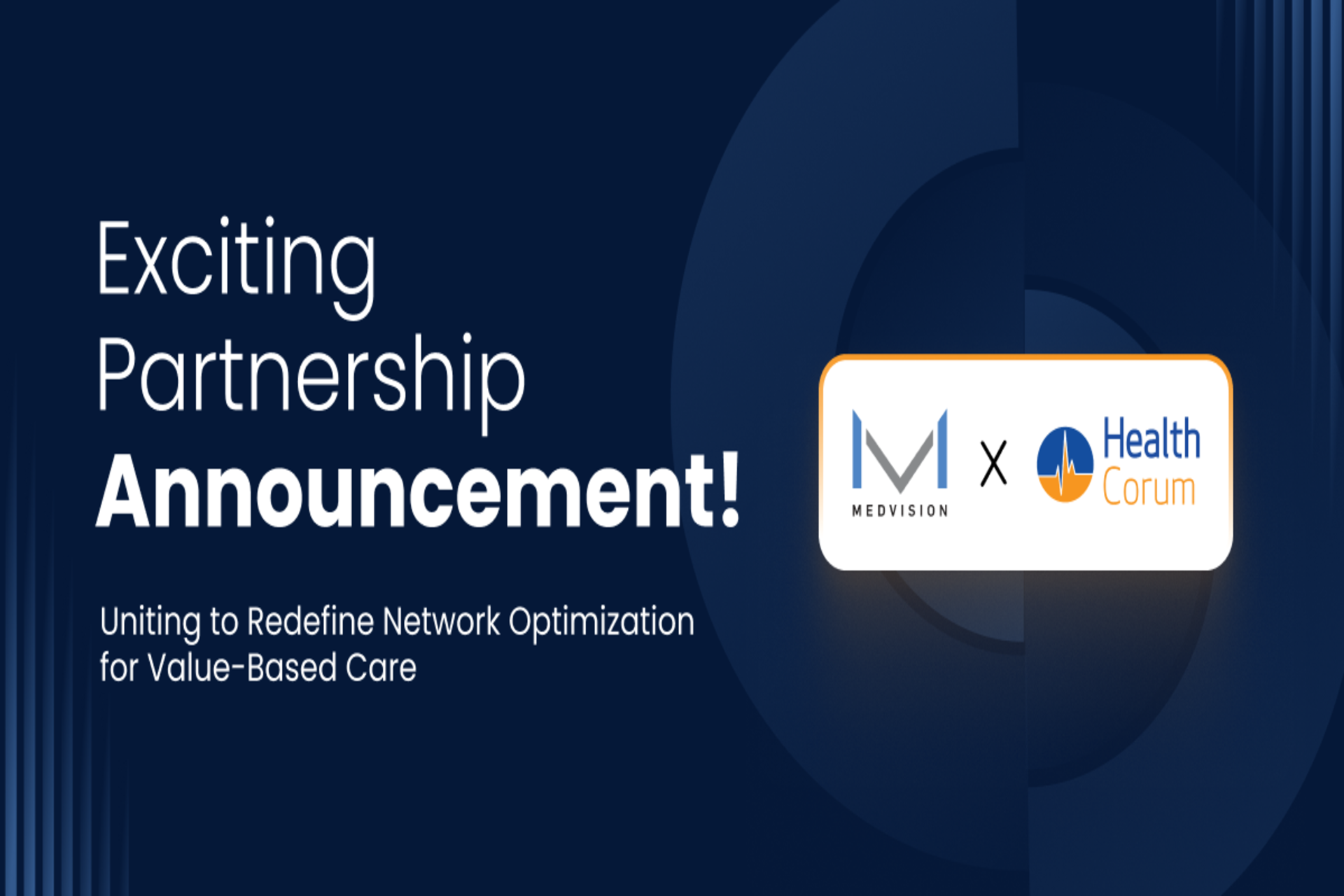In recent years, value-based care has gained traction as a transformative approach to healthcare delivery, prioritizing patient outcomes and cost efficiency over service volume. This shift reflects a growing commitment to high-quality care while reducing waste and unnecessary expenditures.
For providers, payers, employers, and other healthcare stakeholders, staying ahead of emerging trends in value-based care is critical to remain competitive and ensure compliance and operational success.
Learn about the emerging trends in healthcare and how the right
healthcare administration software can help you stay ahead.
Deliver Value-Based Care Seamlessly with MedVision
The U.S. Value-Based Healthcare Continues To Grow
The
value-based healthcare market in the U.S. is on a steady rise, projected to grow from a whopping $4.01 trillion in 2024 at a compound annual growth rate (CAGR) of 7.4% through 2030.
This growth isn't surprising, given the increasing strain on the healthcare system. As healthcare costs continue to soar and take up a large share of the GDP, transitioning to a more efficient, patient-centered care model feels less like an option and more like a necessity.
What's driving this momentum? For starters, the hike in chronic illnesses forces the system to rethink how it handles long-term care. Meanwhile, government programs and rising expectations for seamless care delivery are helping to accelerate the change.
Moreover, conventional healthcare models struggle with patient-centered approaches and seamless treatment coordination, opening the door for meaningful improvements.
Value-based care bridges these gaps by prioritizing better outcomes while cutting unnecessary costs, benefiting patients and providers.
As we move ahead, this transition could revolutionize healthcare, emphasizing quality care and setting a higher benchmark for the industry in the U.S.
Top Trends and Innovations in Value-Based Care
Explore the innovations and shifts that redefine patient care and organizational efficiency. Here are the top value-based care trends to keep on your radar and how innovative software solutions can help adapt seamlessly to these changes.
1. Expansion of Data-Driven Decision-Making
Real-time data analytics is set to play an even more significant role in improving care quality and patient outcomes. For 93% of healthcare executives, data-driven decisions are critical for success in value-based care.
Turning big data into actionable insights enables healthcare providers to make evidence-based choices, optimize treatment plans, and allocate resources more effectively.
The Role of Integrated Software Tools
Integrated analytics within administrative software empower providers by:
- Providing actionable insights by transforming raw data into meaningful information that can guide clinical decisions.
- Identifying high-risk patients using predictive analytics to foresee which patients may require immediate intervention and more comprehensive care
- Tracking key performance indicators (KPIs) to check if care strategies are effective
2. Emphasis on Patient-Centered Care and Experience
Patients today expect more than just one-size-fits-all health plans—they seek a personalized, smooth experience throughout their healthcare journey.
Healthcare providers are increasingly adopting
patient-reported outcomes measures (PROMs) to personalize care based on what patients share about their experiences and needs.
Ninety percent (90%) of healthcare executives see patient engagement as a big part of value-based care. Clinics and hospitals enhance patient experience through better bedside manners and
innovative healthcare solutions.
They focus on fostering loyalty, raising satisfaction scores, improving engagement, and achieving improved patient outcomes.
The Role of Integrated Software Tools
Healthcare organizations can achieve better patient-centered care by leveraging administrative software that offers:
- Patient portals that provide 24/7 access to medical records, test results, and direct messaging with care teams
- Personalized communication modules for sending customized reminders, follow-ups, and educational materials based on individual health needs
- Scheduling tools that allow admin staff to easily book, reschedule, or cancel appointments online
- Feedback mechanisms for easy collection of patient satisfaction surveys
3. Increasing Emphasis on Preventive Care and Population Health
Population health management and preventive care become even more critical components of the healthcare ecosystem.
With chronic conditions like heart disease, diabetes, and obesity on the rise, there's a growing recognition that proactive management lowers hospital admissions, emergency care, and healthcare expenses while supporting improved patient outcomes.
According to a study featured in Health Affairs, value-based care has helped lower hospital admissions by 5.6% and emergency visits by 9%.
The Role of Integrated Software Tools
To implement preventive care and population health strategies, healthcare organizations need advanced administrative software with population health tools. These tools allow providers to:
- Analyze various data from EHRs, wearables, and patient surveys for a complete picture of patient health.
- Identify and prioritize patients based on their health risks to focus care where it's most needed.
- Detect missed screenings, vaccinations, or follow-ups and act quickly to close those gaps.
- Measure how well preventive efforts are working and fine-tune strategies accordingly.
4. Greater Focus on Compliance and Security in Value-Based Care
As value-based care grows, so does the need for stringent compliance with evolving regulations and standards. Ensuring the protection of sensitive patient data and meeting healthcare security standards like the Health Insurance Portability and Accountability Act (HIPAA) and frameworks like the Health Information Trust Alliance (HITRUST) are non-negotiable priorities.
The Role of Integrated Software Tools
To meet compliance standards, you must choose a HIPAA-compliant software that includes the following features:
- Advanced encryption that protects data both at rest and during transmission
- Role-based access control for restricting access based on user roles to lower the risk of unauthorized viewing or alterations
- Regular security audits to quickly identify and address vulnerabilities
- Compliance reporting that demonstrates adherence to regulatory requirements for audits and assessments
5. Rise of Remote Patient Monitoring and Telehealth Integration
Remote patient monitoring (RPM) and telehealth have proven their worth in recent years, and their adoption shows no signs of slowing down.
These tools have become an integral part of routine patient care, reducing barriers for patients and enabling continuous health monitoring, even from afar.
As artificial intelligence (AI) advances, we expect to see more sophisticated RPM devices and telehealth platforms offering a wider range of healthcare services.
The Role of Integrated Software Tools
Effective telehealth systems depend on tools that make virtual care delivery simple and efficient. Key features to look for include:
- Care coordination modules that help healthcare teams manage patient care seamlessly across both in-person and virtual settings.
- Secure communication options to ensure all virtual interactions are private and meet compliance standards through encrypted channels.
- Interoperability to integrate data from various RPM devices and telehealth platforms into a unified patient record.
- Patient engagement tools that offer user-friendly interfaces for patients to interact with their care teams, schedule virtual visits, and access educational resources.
Ready to Elevate Your Value-Based Care Approach?
Anticipating and adapting to the shifting dynamics of value-based care is paramount for healthcare organizations that aspire to sustain operational efficiency and deliver exceptional patient outcomes.
By using healthcare administrative software like QuickCap, you’ll be ready to take on the challenges and make the most of the opportunities 2025 will bring.
QuickCap equips you with tools to streamline workflows, enhance care delivery, optimize resource allocation, and stay aligned with evolving regulatory and industry standards.
Let
MedVision be your partner in success!
Discover how QuickCap can help your organization adapt to these evolving trends with the help of our team. Connect with us today, and let’s make this your best year yet.
Streamline Value-Based Care Delivery with
One Powerful Platform


